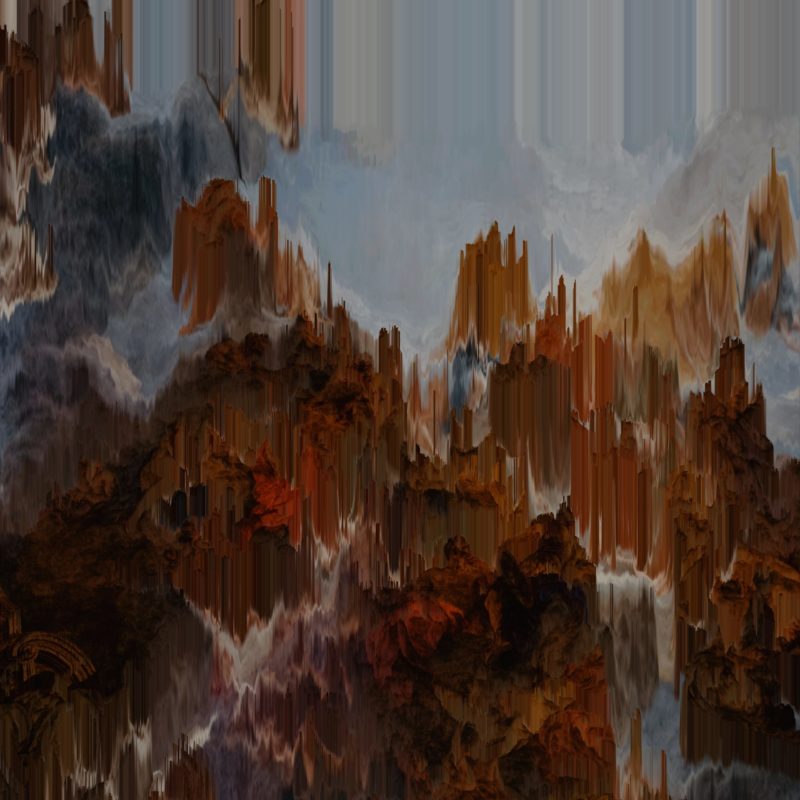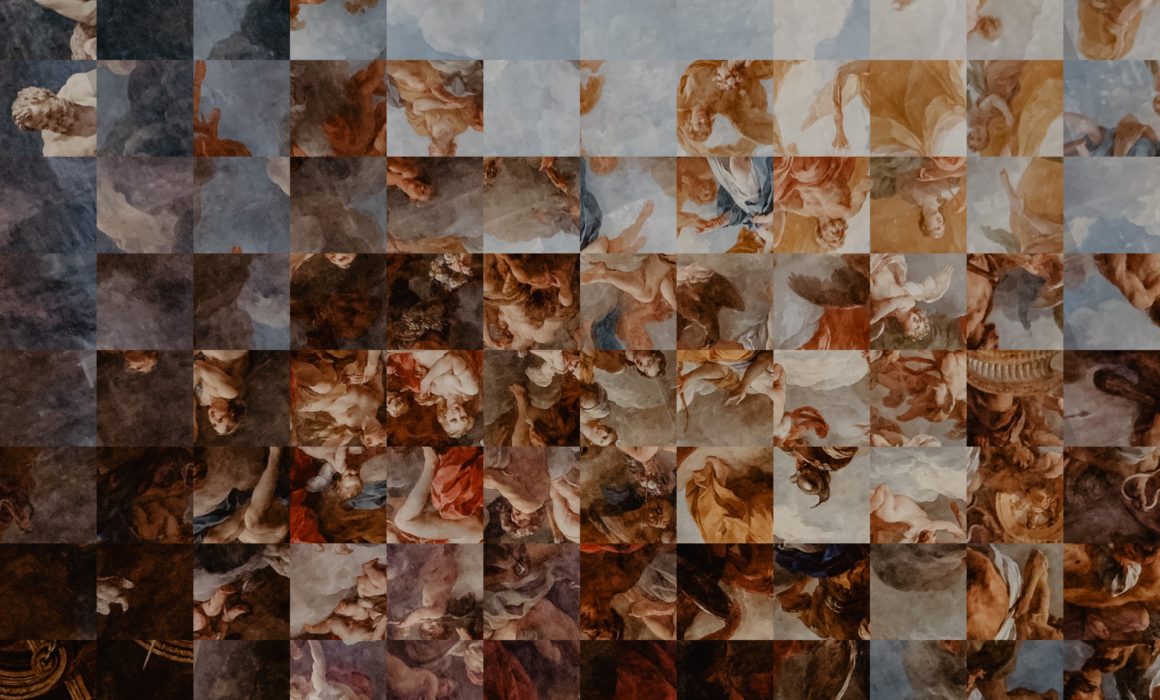“Mainstreaming should be the goal”: the NFT phenomenon from a consumer’s perspective
In the final instalment of our interview triad spotlighting the creative engineers behind our collaboration with Europe’s leading NFT music marketplace Twelve x Twelve, we chat to the platform’s head of public relations, Julia Beniashvili. In the exchange below, Beniashvili breaks down the rise of digitally certified ownership from a consumer, a fan, and a mass-phenomenon perspective — looking at why the accelerated mainstreaming and expansion of the NFT niche is one of the cultural zeitgeist’s most promising developments, busting the myth of the blockchain-powered tool as a crypto-elitist whim.
Could you briefly outline the premise of the 12×12 platform?
Twelve x Twelve offers unique digital music artworks, giving artists back sovereignty over their creations. In the past, LPs, CDs or even fan shirts were collected. With streaming services, the loyalty from fans to their favorite artists got increasingly lost. We give fans the opportunity to pass on their appreciation to the artists.
What do you think prompted the emergence of the NFT phenomenon?
I have absolutely no idea. I was also initially terribly shocked at the reach of NFTs. But I now see the added value in digital artwork and collectibles. Not everyone can own their own Picasso, but everyone has the opportunity to become the owner of a unique piece of digital art. You can collect it, trade it or simply enjoy its existence.
At their core, NFTs are digitally authentifiable artefacts. As we’re witnessing the progressive dissemination of physical events into the virtual or hybrid, how do NFTs change our understanding of material ownership?
A really interesting question. I think this change goes hand in hand with an ever-increasing understanding of minimalism. On one hand, we are getting rid of more and more of our material possessions, but still want to have certain securities that can cushion us in some way in case of need. It doesn’t always have to be the real estate or the gold bar under the bed. The blockchain, where NFTs are stored, but also any other form of crypto, are such secure technologies that I would be surprised if more and more property didn’t become virtualized.
In spite of the hype, people’s in-depth understanding of NFTs and blockchain remains very schematic. What do you wish people were more aware/informed of when it comes to this new trend?
I can absolutely relate to that. NFTs and blockchain are nothing tangible. Nothing that can be visualized or materialized in any way. It just remains a kind of promise from people who thought it up at some point and from people who keep an eye on the technology, develop it further and remove bugs. Digitization is the keyword here, and it must already take place in schools, if not in kindergarten. The sooner people lose their fear of the technology and build up a certain basic understanding of how it works, the faster blockchain technology will spread, I am pretty sure.

© Twelve x Twelve
How, in your view, can blockchain generally, and NFTs specifically change the way we experience entertainment?
NFTs can be anything, including making-of videos, deleted scenes, or simply unreleased songs. NFTs can make us consume much more consciously and experience the value of various forms of entertainment.
How, in the long run, would NFTs change the relationship between artist and audience/public?
Mutual appreciation will steadily increase again. I used to stand in front of the CD store and want to be one of the first to hear when my favorite band released their new album. If I’m honest, now, because of the possibilities of streaming services, I would argue that I don’t even have a favorite artist anymore. Music is no longer actively perceived in all its facets. It’s a product that ripples along in the background. Through NFTs, fans have the chance to actively support their favorite artist again, and artists have the chance to provide their fans with unique artifacts that then belong only to them. In this way, a new community is formed around the art, a kind of interplay through which the art itself is again pushed to the fore and filled with new life.
What, in your view, is the most exciting (and underexplored) future possibility harbored by current the NFT phenomenon?
I’m sorry, but I’m not tech-savvy enough to answer this question. I would hang the NFTs in a digital picture frame in my living room and be insanely happy about it.
What, if anything, worries you about the normalisation/mainstreaming of the NFTs, and how can this fear be avoided?
Mainstreaming should be the goal. Nothing about it bothers me at all.
What is the biggest misconception people may have regarding NFTs?
I think many people think that NFTs are usually in the high four figures and therefore only something for rich people. This is not so. Of course, a value of a NFT increases with its rarity, but nevertheless, it is possible to buy cheaper works of art, which are not any worse because of their price tag.
If you had to sum up the concept of NFT to someone who’s never heard of it before, how would you do it?
It’s a similar principle as with trading cards — but digital.
Want to get the latest updates? Then, follow us on Facebook, Instagram and LinkedIn.



